Our 5 Favorite Methods of Backpacker Transport in Cuba
Getting around in Cuba isn’t just a fun way to mix it with the locals; it’s a full on adventure of flagging down old Soviet trucks converted into buses and chasing down beaten up ’57 Chevys as they rush through crowded Havana streets.
After traveling around Cuba for four weeks we can happily say that we avoided the painfully expensive Viazul bus, and instead opted for the more authentic and exciting options on offer in Cuba. Here’s a list of our top 5 backpacker transport choices to help you truly experience Cuba!
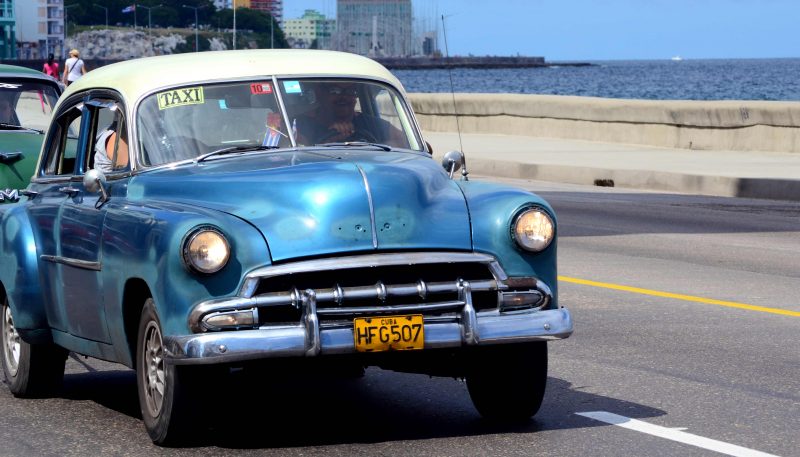
Classic Car Taxis
Everybody knows the classic cars of Cuba. From perfectly restored 57’ Chevys bussing around tourists, to beaten up 58’ Plymouths sputtering their stuff around Havana. While the image of Cuba being nothing but old classics isn’t exactly true (with many new cars coming from Asia), there are still a lot of them around. In the street you can jump in any one of the cars that displays a ‘taxi’ sign, and probably a few that don’t as well. They also operate as colectivos where you can share a ride, squished in with as many as ten other people in a five seater. From short shuttles around Havana to cross country adventures, all around the country you’ll find these classic cars. If you’re brave enough, and have the cash, we recommend renting your own Cuban classic to hit the streets solo.
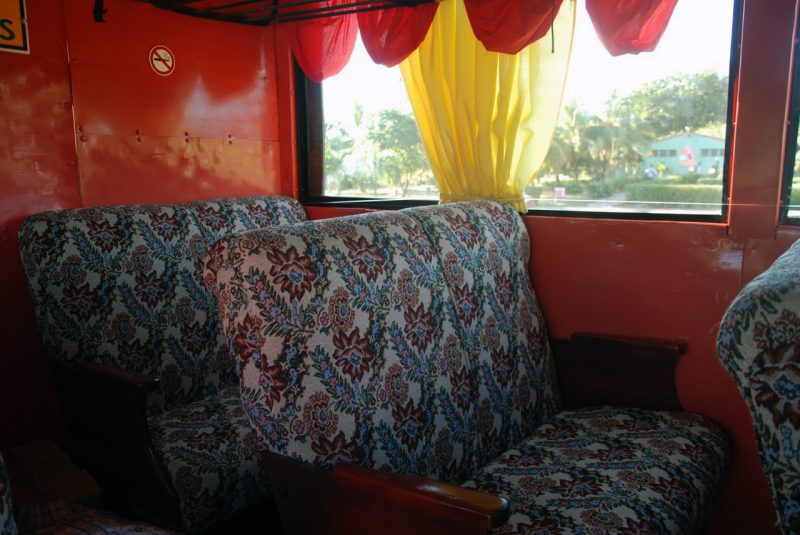
Converted Dump Trucks
Remember when you used to play with trucks in the sand? You’d load up the back of your mini dump truck and then transport it on the other side of the sand pit. Now replace the sand with tightly packed in Cubans, and you’ve pretty much got this in a nutshell. They came in a couple of different styles, each more fascinating than the last. The first time we rode one it was like stepping into the back of a simple old dump truck. There was a rusty old roof frame welded onto the side, with a tattered tarp and a couple of bars to hold onto as you stood up. On the flip side, one time we got picked up in a truck that had beautifully upholstered couches bolted to the floor with a TV looping Spider-Man movies.
Amarillo
Amarillo in Spanish means yellow, so when we heard about traveling by the ‘yellow’ we were a little confused. However, sure enough, there was a ridiculously simple explanation. People stand on the side of the road, at junctions, and help you find passing transport. And… they wear yellow jumpsuits. After a few weeks of traveling by amarillo we were still pretty confused about the exact process, but hey, it worked for us. You’d tip the amarillo a sum of 1MN (4 cents) for their service, told them where you were going and they’d flag someone down for you. It could be a bus, a dump truck, a wagon or it could just be someone’s car. Different number plate colors in Cuba indicate different types of cars. Government cars by law are supposed to pick up people requiring a lift if they have space, but it doesn’t always work out like that. Once you get a ride you need to work out a price for your desired destination, but if you find out a rough price before getting in it always makes negotiations a lot easier.
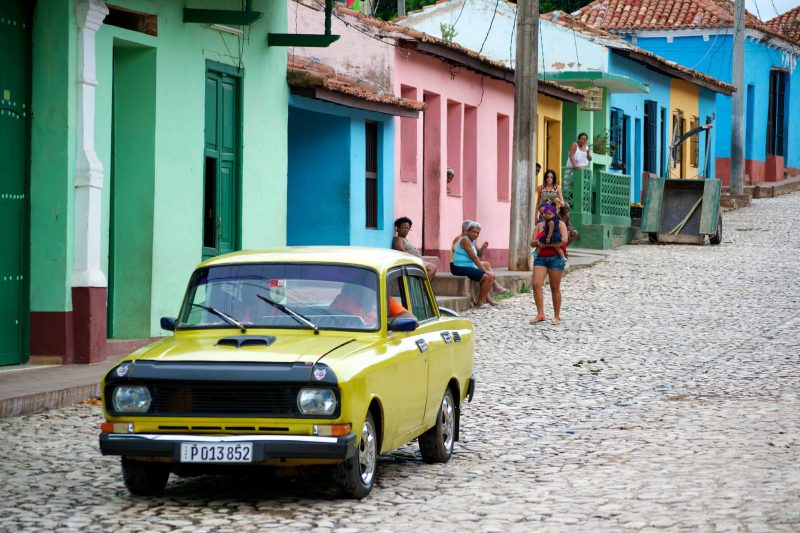
Hitchhiking
Hitchhiking in Cuba isn’t any more dangerous than other parts of Latin America, if anything it’s safer. However, it is a little more difficult. There is definitely an expectation of payment when it comes to getting a lift with strangers. Most locals are used to paying something for a lift (like through the amarillo), so they’ll expect something off you. In fact, if you don’t speak perfect Spanish, don’t look Cuban and you’re carrying a backpack, they’ll pick you as a traveler and may even charge you extra. Ask locals what the standard price should be and stick to your principals; there’ll always be more chances.
Public Buses
We’ve already talked about the brilliance of public buses in Cuba. They’re cheap, safe, fun and super packed! The public buses are a subsidized government service, so they cost almost nothing! They’re so cheap that when you pay, sometimes you don’t even get change because they don’t make denominations that small. While the buses don’t travel long distances, they did save us a lot of money when getting around town. Havana has a bunch of lines that intertwine through the city and ensure all locations are accessible.

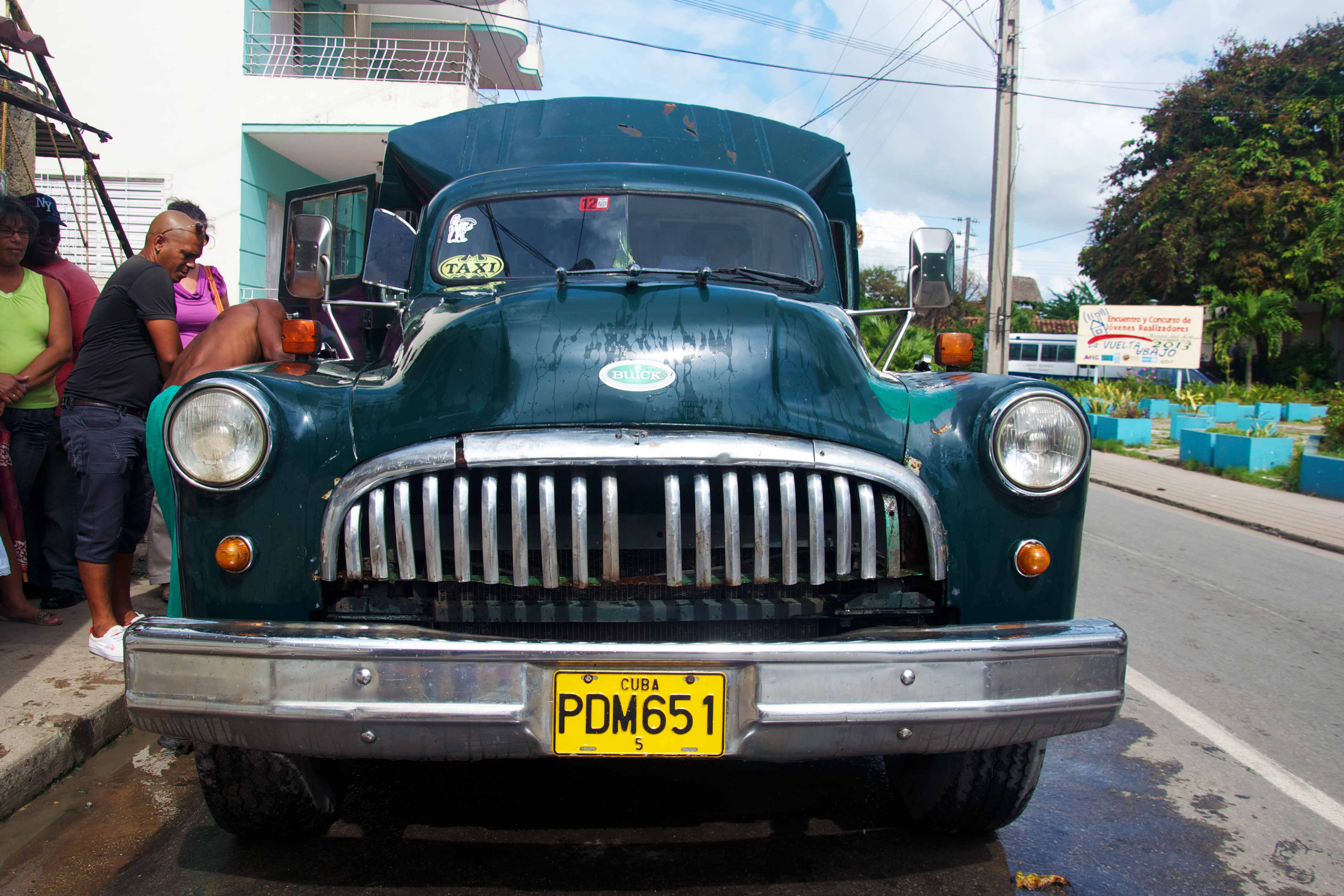




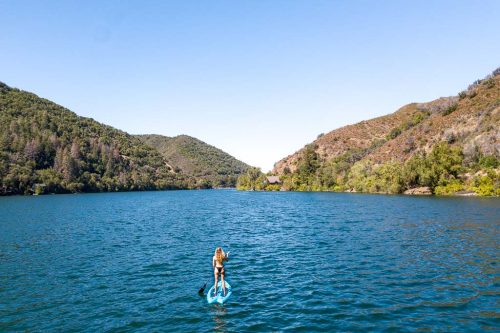


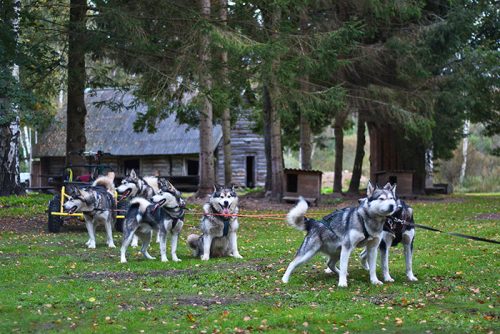
Those classic car taxis look so charming! Interesting article.
The classic cars are one of the best parts of authentic Cuban life. Really helps reinforce that ‘stuck in time’ aspect. Glad you enjoyed the article 🙂
That’s a really interesting fact on the Amarillos – I find it funny that the assistance of hailing vehicles is actually a paid service!
Yeah it was a pretty weird concept to get used to… not sure if we ever really worked it out haha.
My favourite was the huge Camiones that never had enough seats. One time we squeezed ourselves on top of the roof with all the luggage (and TV antennas, shoes, pitchforks, babies, etc…) and rode for 2 hours!
Haha, that sounds crazy Crystal! Its amazing how many people they can squeeze into those camiones! We definitely got pretty cozy with some locals on long bus rides!
How does a backpacker best get from city to city?
By taking some of these awesome transport options in Cuba 🙂 Also, having some decent Spanish goes a long way.